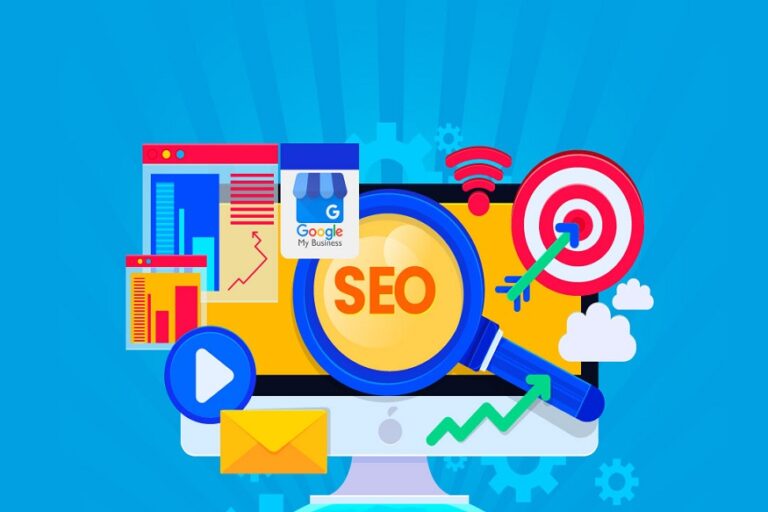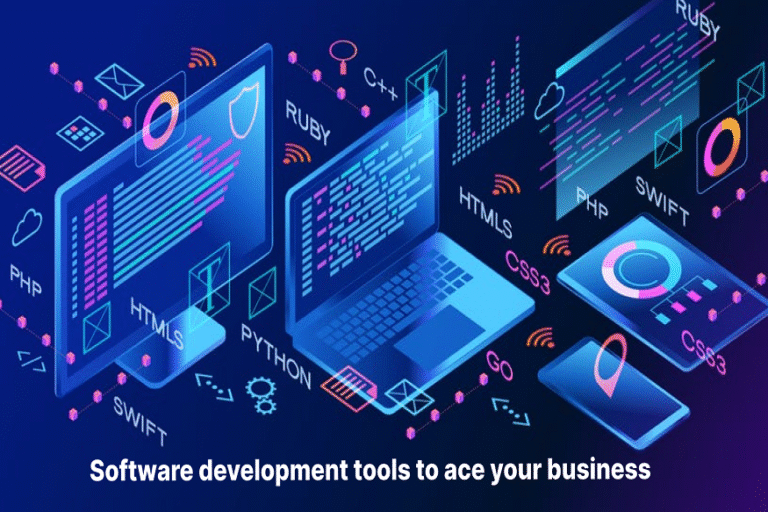
TECHNOLOGY COMMUNICATION INTERNET AND SEO CONCEPT
Natural or organic SEO for blog posts is not an option but a real necessity in today’s digital ecosystem. A good SEO strategy allows your articles to stand out in the sea of content published every day on the internet. The importance of SEO lies in its ability to connect your content to the right users , those who are actively searching for information or solutions that you offer.
This makes your blog more visible, attractive , and accessible via search engines, which is essential for generating quality traffic . Additionally, effective SEO helps establish your site’s credibility and authority—two crucial elements for building trust with your readers and search engines.
Leveraging SEO to boost your blog’s visibility and traffic relies on your ability to understand and respond to the signals search engines use to rank content. Here’s a list of the key benefits of SEO for your blog:
Search Engines: Good SEO optimization means that search engines can easily understand and index your articles, helping them rank higher in search results.
User experience: SEO isn’t just about search engines; it extends to the overall user experience. A well-structured, easy-to-navigate site keeps users engaged longer and encourages them to explore other content.
Targeted traffic: With SEO, your content attracts users who have already shown interest in the topics you cover, increasing the likelihood of conversions and engagement.
By integrating SEO into your content strategy, you not only expand your reach but also attract qualified traffic , likely to engage more deeply with your brand. The key to success lies in a holistic approach that embraces both technical optimization and content relevance, ensuring a significant presence in SERPs (Search Engine Results Pages).
Keyword research isn’t just about collecting popular terms; it requires an intuitively accurate understanding of your target audience’s needs and intentions . Therefore, keyword research acts as a true targeting tool, appealing to potential visitors and beneficial for SEO.
Understanding search intent
Are they looking for a guide, a product comparison, or are they ready to buy? Successful content is content that effectively fulfills the visitor’s searches.
Use keyword research tools
These tools, such as Google Keyword Planner, SEMrush, or Ahrefs, provide data on search volume, SEO difficulty, and even alternative suggestions to enrich your keyword list.
Identify your main SEO competitors
By identifying who is ranking for the same keywords as you, you can understand the quality and relevance of your own content.
Analyze the keywords used by the competition
This not only helps you understand the most competitive terms, but also identifies gaps in the market —areas with less competition where you could gain a strategic advantage.
On-page SEO optimization
Once your keyword research is complete, it’s time to focus on on-page optimization . This process involves implementing various elements directly on your page to improve your search engine rankings. This is a crucial step because even the most relevant content can suffer from poor on-page SEO. Let’s start by examining the structure of your article.
search engines. As for subtitles, they contribute to the clear and hierarchical structure of your content, facilitating understanding by both the reader and indexing robots. Use the tags <H2>, <H3>, <H4> etc., to structure your content logically and hierarchically.
Meta tags and meta-description
Meta tags aren’t visible to readers, but they’re essential for providing search engines with information about your page’s content. It should include the main keyword while also enticing the reader to click. Remember to stay within the 160-character limit for optimal optimization.
Keyword density and semantic variety
While avoiding keyword stuffing, maintain adequate keyword density to guide search engines without compromising the user’s reading experience. Semantic variety also plays a key role in avoiding repetition and broadening the reach of your content.
Relevance and quality of content
Accurate information, reliable sources, and regularly updated content encourage users to stay on your page longer, which is a positive signal to search engines. Pay attention to readability , use short sentences and simple language to make your content accessible to as many people as possible.
Optimizing image files
Images enrich your content and make it more attractive, but they must also be optimized for SEO. The weight of images should be reduced to avoid affecting your page loading speed. Alt attributes of images, which describe the content of the image, should not be overlooked because they help increase the understanding of the page by search engines and can bring additional traffic via Google Images.
Use of videos and other media
Video is an increasingly popular medium and is valued by search engines. Including relevant videos can further engage your visitors and increase the time spent on your site, while also providing additional value. Make sure you integrate them correctly and optimize them for SEO, just as you would images.




